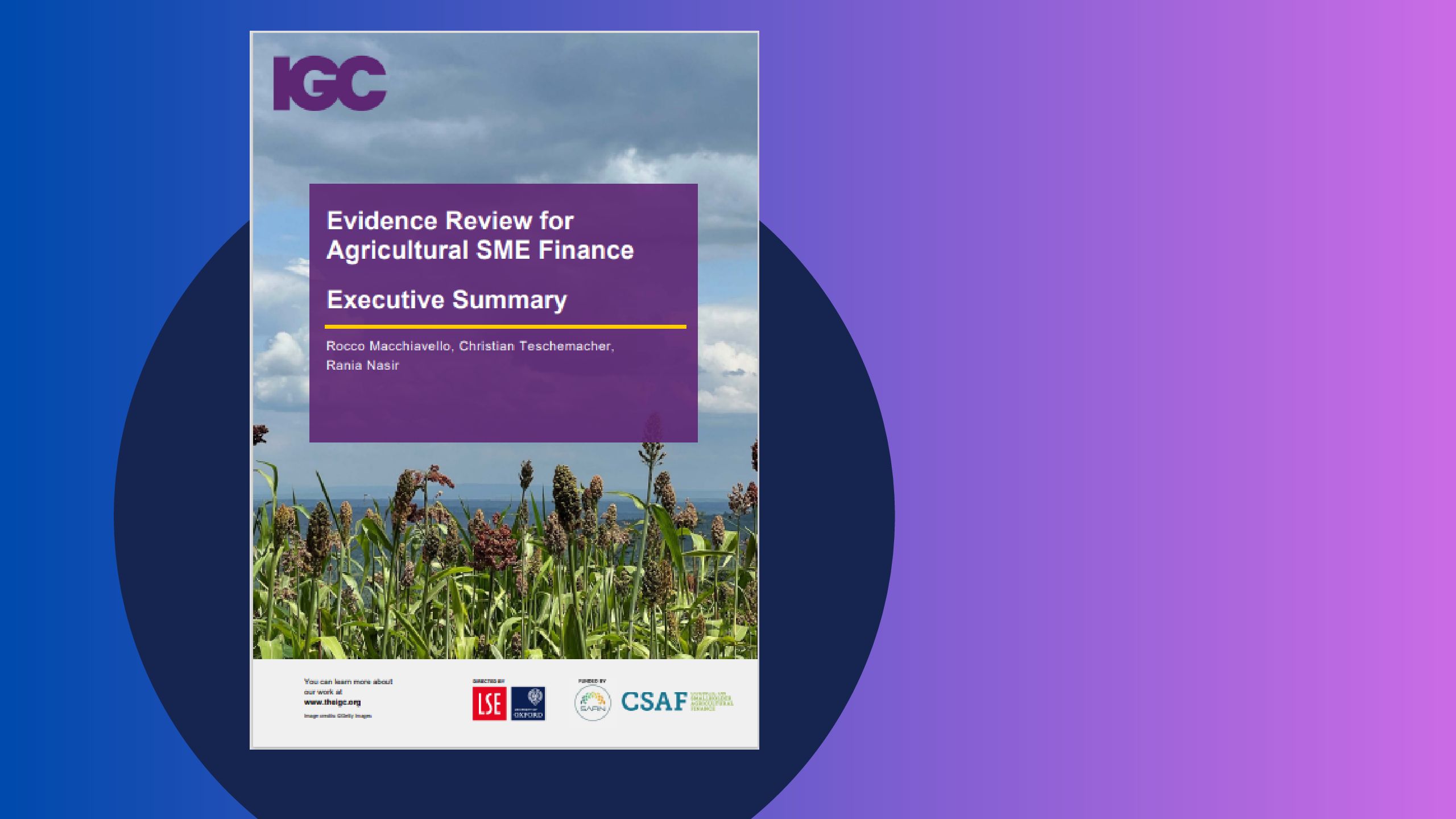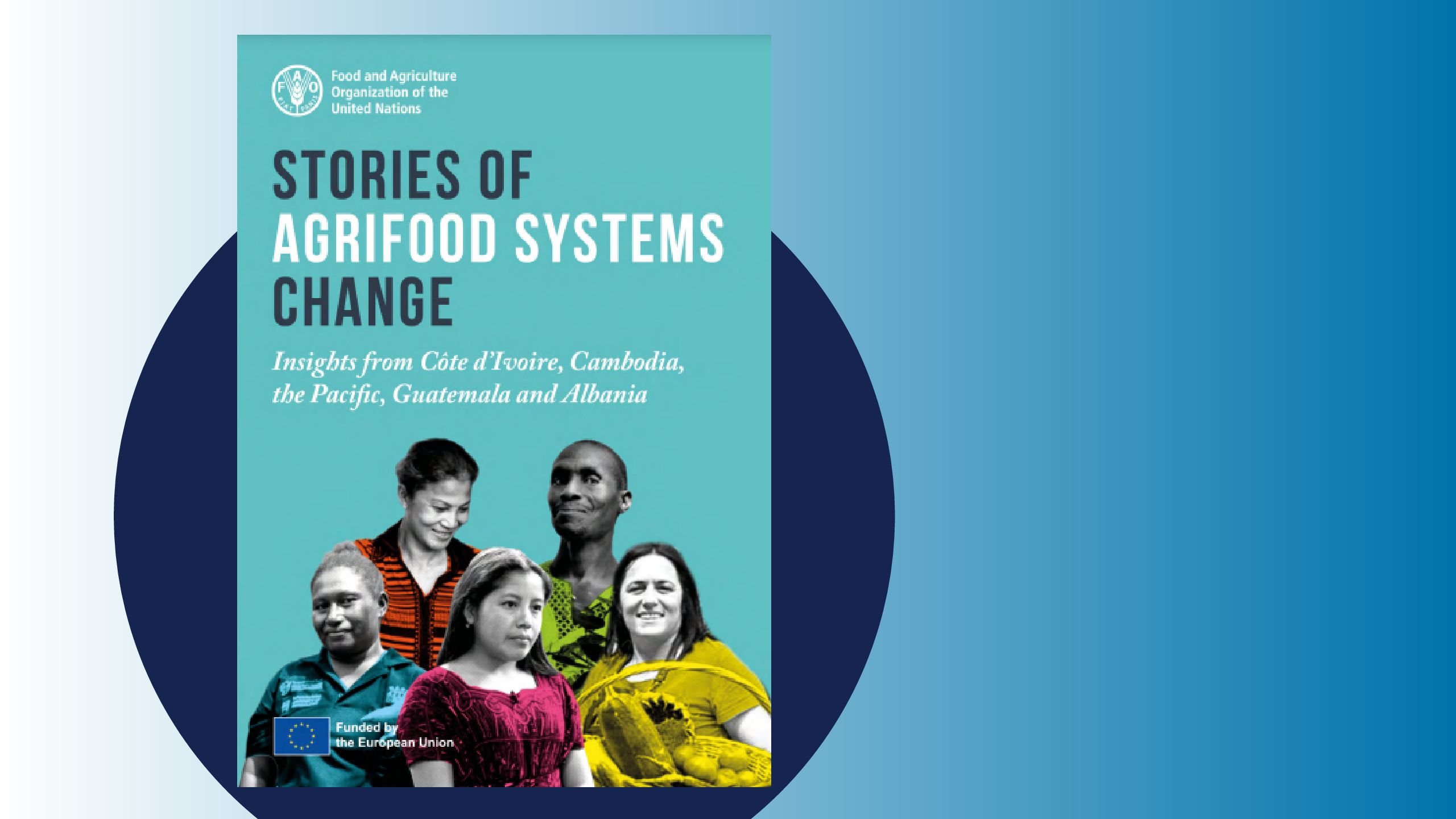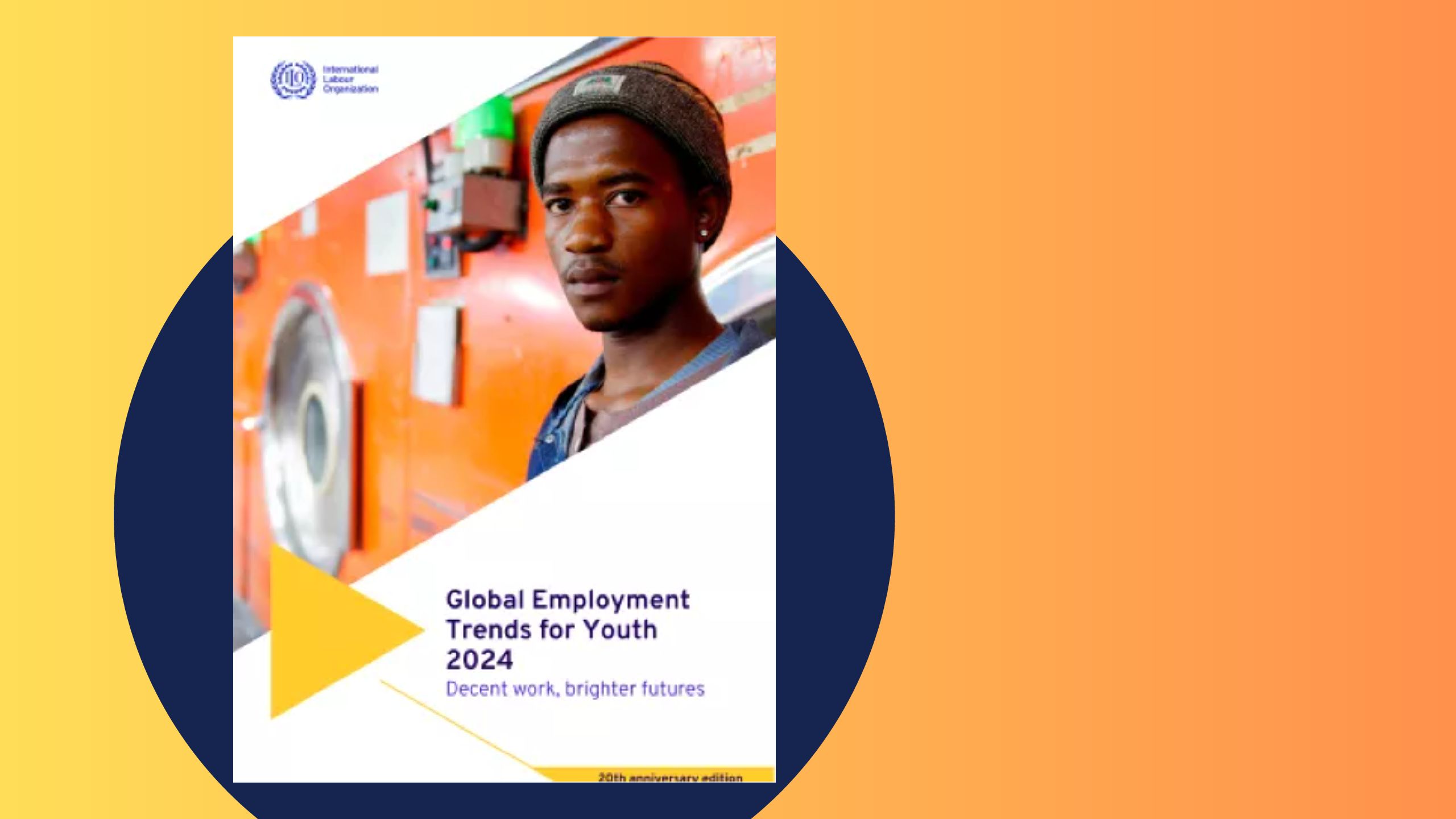Turning risk into response: A smarter way to act before crisis
Links
Agrifood systems are increasingly vulnerable to ongoing shocks and emerging threats.
Food crises are becoming more frequent, more complex, and more expensive – while available funding continues to shrink. Acting earlier is no longer just better. It’s essential.
Every year, droughts, floods, war conflicts, and economic slowdowns and downturns push millions into hunger and poverty. But by the time relief funding is secured, critical weeks – even months – have already passed.
Too often, action begins only once the damage is done.
FAO’s new Financing for Shock-Driven Food Crises (FSFC) Facility is designed to change that. It enables early, targeted interventions before the damage happens and food crises escalate – when lives can be saved, livelihood protected, and resources used more efficiently and effectively. Whether it is anticipating drought in arid zones or rapidly responding to locust outbreaks, this new facility is empowered to act smarter, and act before it’s too late.
FSFC joins the technical expertise and knowledge of UN agencies; Food and Agriculture Organization of the United Nations (FAO), World Food Programme (WFP), and the Office for the Coordination of Humanitarian Affairs (OCHA), and other leading partners that have been at the forefront of the Anticipatory Action (AA) movement.












































































































































































































